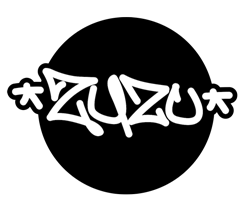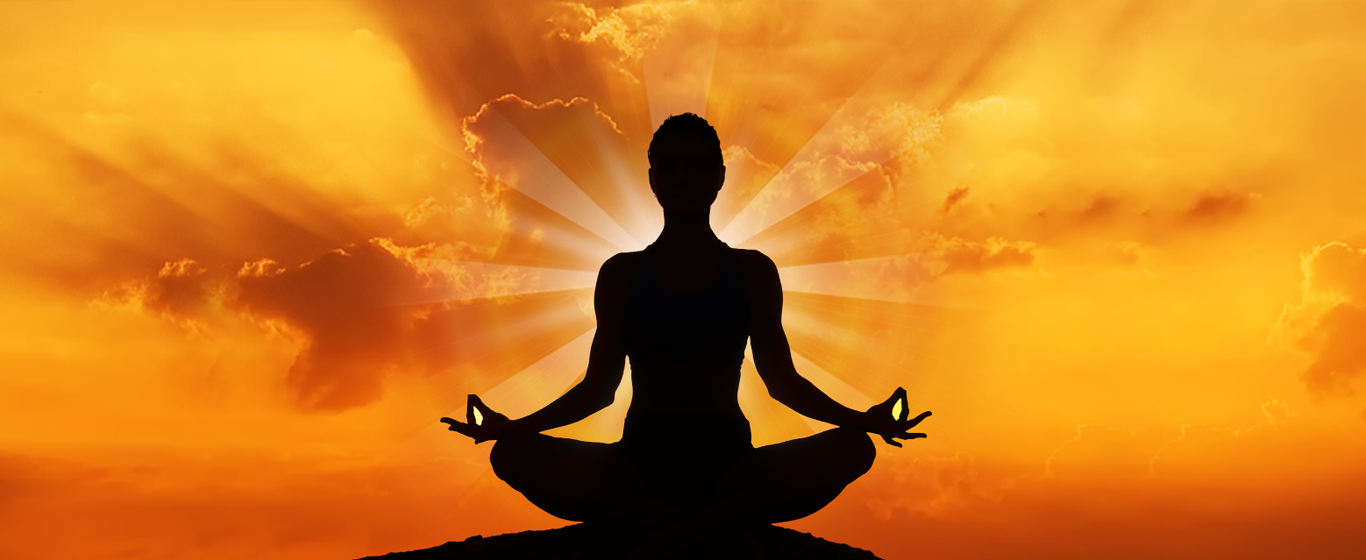As Krishnamacharya states, “Master your breath, let the Self be in bliss, contemplate on the sublime within you.”
The breath is one of the most important factors while practicing yoga and guides us as we journey through life. Luckily, there’s an abundance of breathing techniques and styles of pranayama (breath work) to choose from. While practicing Kundalini Yoga, you are likely to be introduced to breath of fire pranayama, an energizing and awakening form of breath work.
Kapalabhati will center the mind as energy levels rise and fresh oxygen is pumped throughout the body. Breath of fire is not for everyone, but don’t give up on your first attempt. It takes some getting used to and will administer great benefits when done correctly.
Kapalbhati or Bhalabhai Pranayama, Breath of Fire
Pronunciation: KAH-pah-lah-BAH-tee
Origin: Breath of Fire is an ancient yogic breathing exercise. It’s commonly used in Kundalini Yoga to awaken the inner spirit, as well as in every Bikram Yoga class.
Type of Yoga Practiced In: Kundalini Yoga, Bikram Yoga, Forrest Yoga
Benefits: Much like Ujjayi Pranayama, it encourages healthy and strong lungs and will quickly increase heat within the body. This breath technique is a wonderful way to keep the blood purified and energy levels high. The contraction of the belly massages the internal organs improving digestion and it also increases the immune system and enlivens the brain.
It is also a great way to connect to the core and the second and third chakras, as often expressed during Forrest Yoga classes.
Get Started:
Sit in a comfortable seat and close the eyes for a few slow deep breaths. Lengthen the spine and let the shoulders relax down the back. Take a few moments to deepen the breath and find an even length inhalation and exhalation, in and out through the nose.
As your awareness remains on the breath in and out of the nose, begin to contract the stomach muscles on your exhale, bringing the belly button towards the spine as all the air is released from the body. Begin to notice that the inhale becomes involuntary. Imagine your belly like a bellow as you strongly press air out on the exhale.
Start to speed up the breath cycles. Find a balanced rhythm of breath that you can manage for a few rounds, eventually working up to a few minutes of breath of fire breathing. Remember, even length of inhales and exhales.
Length of Practice: Your instructor will guide you through your practice and determine the duration of this breathing technique. If practicing at home, start with 30 seconds and see how it feels. Gradually lengthen the amount of time you practice.
Speed of Practice: The inhalations and exhalations during breath of fire are often rapid but may start out slow. Remember to maintain focus on the powerful exhale, and allow the inhale to occur naturally. It is a quick and energizing breath, but find a speed that works with you.
Recommended Asana: In many Kundalini classes, you will conduct continuous arm movements while engaging in Breath of Fire. When first beginning to develop a breath of fire practice, sit comfortably and don’t move while breathing. Begin to add movement once you feel comfortable with breath of fire for three minutes. If at any point you begin to feel lights headed or dizzy, return to a normal rate of breath.
Fun Facts: Breath of fire can help with allergies and boosts the immune system as it delivers crisp fresh air to all the cells in the body. You may notice a clear state of mind upon completion of your practice due to brain cells being invigorated and stimulated.
Breath of fire stimulates the solar plexus, which will release an abundance of natural energy throughout the body. Practice this pranayama when you need a boost of energy during a busy day.
Breath of fire will expand your consciousness. It will allow you to tap into deep layers within yourself. Breath and enjoy!
Note: Do not practice this pranayama while you are pregnant.

